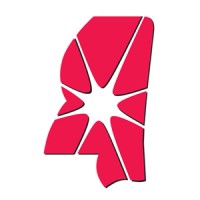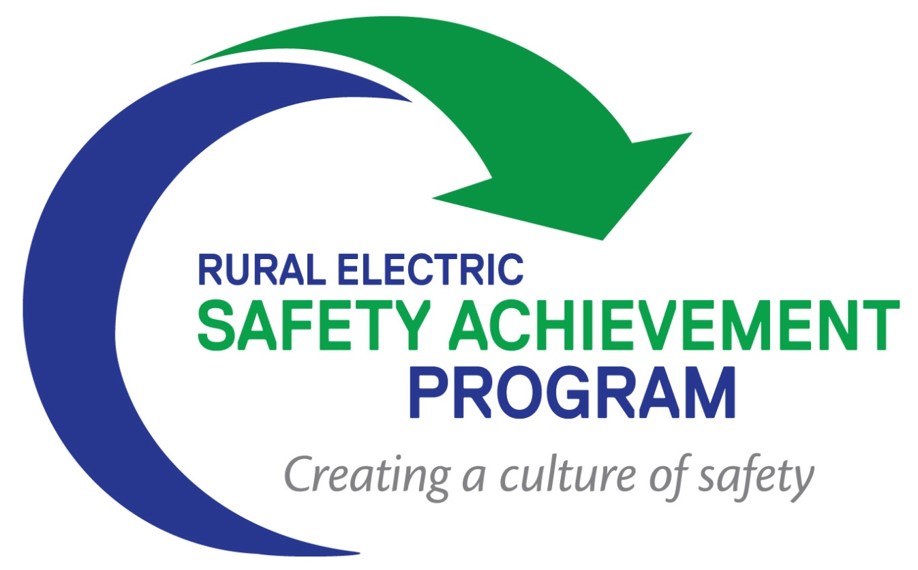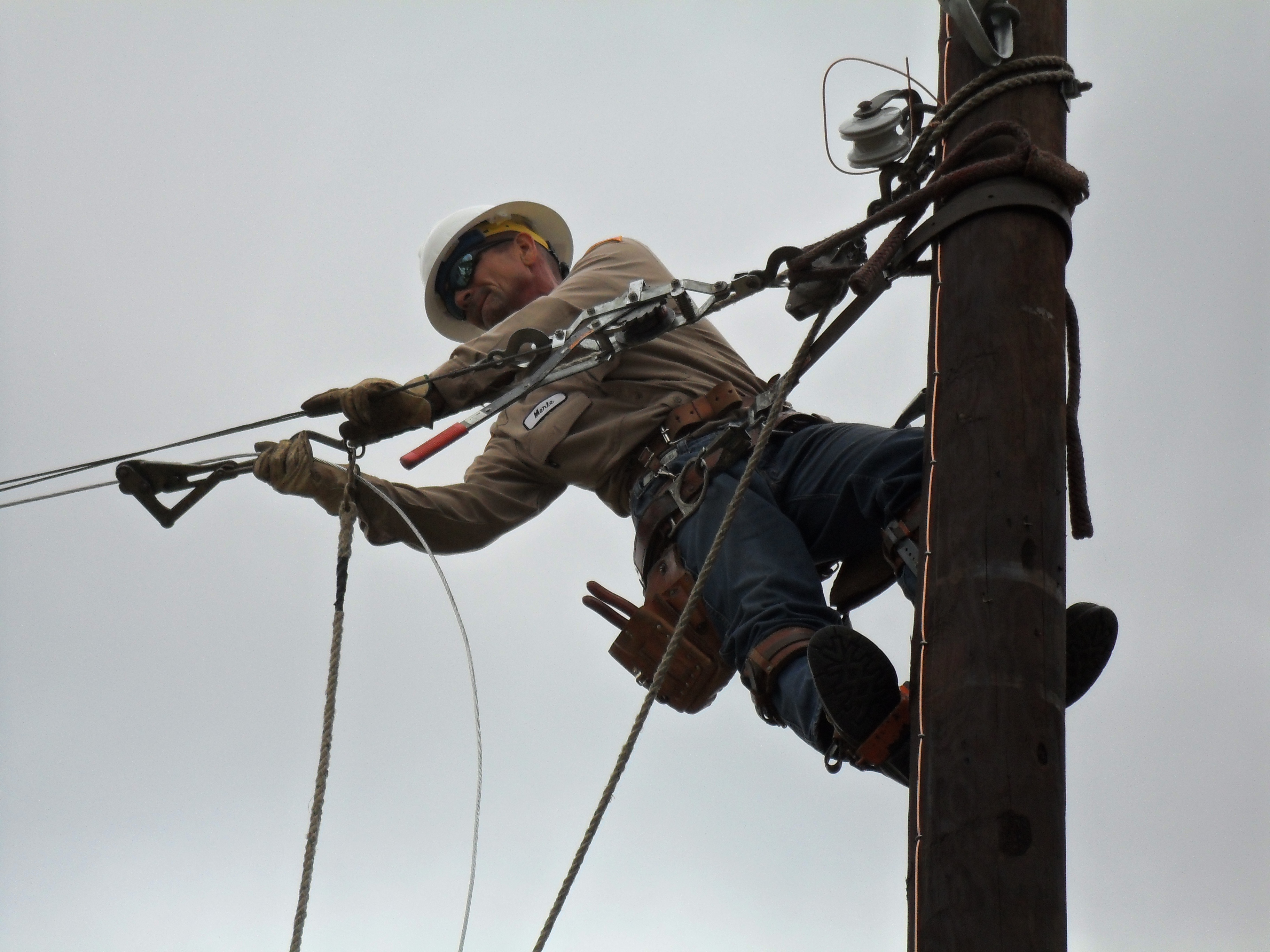Title Page
-
Conducted on
-
Prepared by
-
Location
Ideas for Social Distancing (more than 6 feet) on Construction Sites
-
Stagger trades work and work shifts.
-
Limit work to tasks that are strictly necessary with the goal of maintaining distance.
-
Being closer than six feet momentarily is considered safe.
-
Employers may need to schedule multiple smaller meetings for crews, including safety meetings, trainings and rest/lunch breaks with no more than 10 staff at any one time in one location.
-
Hold meetings outdoors if possible.
-
Prohibit large gatherings (currently no more than 10 people) on the job site.
-
Establish a ‘social distance monitor’ – similar to a safety monitor but a person whose job it is to reinforce the six-foot distance.
-
Ensure supervisors model ideal behavior.
-
Use stairs instead of lifts or hoists when possible.
-
One person in an elevator at a time.
Employer Actions
-
Require that sick workers stay at home or go home if they start to feel/look ill.
-
Require handwashing just prior to eating food, drink, or using tobacco products.
-
Promote frequent hand washing by setting up multiple locations.
-
Ensure frequent re-supply of soap and running water on all jobsites.
-
Implement regular cleaning at the site, particularly in common areas and touch points including:<br><br>- Taps and washing facilities<br>- Toilet flush and seats<br>- Door handles and push plates<br>- Hand rails on staircases and corridors<br>- Lift and hoist controls<br>- Machinery and equipment controls<br>- Food preparation and eating surfaces<br>- Telephone equipment<br>- Key boards, photocopiers and other office equipment.
-
Maintain Safety Data Sheets (SDS) of all disinfectants on site.
-
Make sure written Accident Prevention Programs, Safety and Health Plans and policies are communicated to employees and are easily accessible.
-
All types of PPE must be selected based upon the hazard to the worker.
-
Provide workers with up-to-date education and training on coronavirus risk factors and protective behaviors (e.g., cough etiquette and care of PPE).
-
Develop a procedure if a worker becomes ill while at work or if a worker notifies the employer they have become ill while not at work. (notify others etc.)
-
Develop a procedure to discover if a worker is ill. Provide telework options for office staff when possible.
Employee Actions
-
Don’t go to work if you are feeling sick.
-
Wash hands just prior to consumption of food, water, and tobacco.
-
Don’t shake hands or bump elbows with others.
-
Cover your mouth and nose with tissues if you cough or sneeze, or cough/sneeze into your elbow.
-
Avoid touching your eyes, nose, or mouth.
-
Wash your hands often with soap and water for at least 20 seconds.
-
Pay attention to official sources of information such as the CDC.
-
Don’t share tools (including phones, desks, etc.) or PPE.
-
Don’t share food with others on the jobsite until further notice.
-
Appropriate PPE for jobsite hazards should be worn.
Sign Off
-
Name and Signature




















